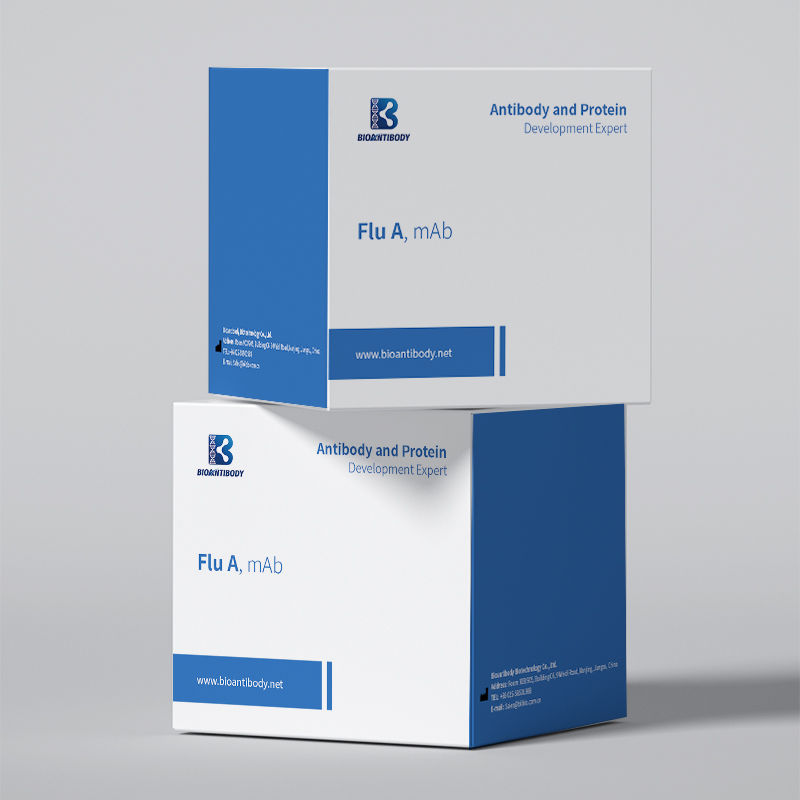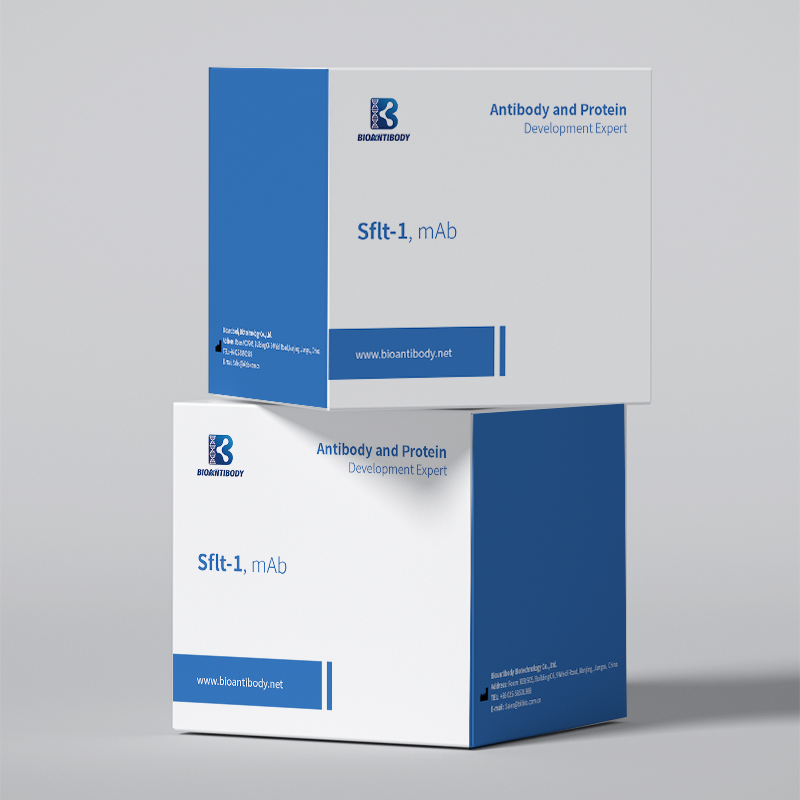New Fashion Design for Il-5 Protein - Anti-Flu A Antibody, Mouse Monoclonal – Bioantibody
New Fashion Design for Il-5 Protein - Anti-Flu A Antibody, Mouse Monoclonal – Bioantibody Detail:
Product details
General Information
Flu, or influenza, is a contagious respiratory infection caused by a variety of flu viruses. Symptoms of flu involve muscle aches and soreness, headache, and fever. Type A flu virus is constantly changing and is generally responsible for the large flu epidemics.
Influenza A can be divided into different subtypes based on the combination of two proteins on the viral surface: hemagglutinin (H) and neuraminidase (N).
Properties
| Pair Recommendation | IC (Capture-Detection):1B5-6 ~ 3A9-8 |
| Purity | >95%, determined by SDS-PAGE |
| Buffer Formulation | PBS, pH7.4. |
| Storage | Store it under sterile conditions at -20℃ to -80℃ upon receiving. Recommend to aliquot the protein into smaller quantities for optimal storage. |
Order Information
| Product Name | Cat. No | Clone ID |
| Flu A | AB0023-1 | 1F10-1 |
| AB0023-2 | 1B5-6 | |
| AB0023-3 | 3A9-8 |
Note: Bioantibody can customized quantities per your need.
Citations
1.Senne D A , Panigrahy B , Kawaoka Y , et al. Survey of the hemagglutinin (HA) cleavage site sequence of H5 and H7 avian influenza viruses: amino acid sequence at the HA cleavage site as a marker of pathogenicity potential.[J]. Avian Diseases, 1996, 40(2):425-437.
2.Benton D J , Gamblin S J , Rosenthal P B , et al. Structural transitions in influenza haemagglutinin at membrane fusion pH[J]. Nature, 2020:1-4.
3.1. Urai C, Wanpen C. Evolution of Therapeutic Antibodies, Influenza Virus Biology, Influenza, and Influenza Immunotherapy. Biomed Res Int. 2018.
4.2. Florian K. The human antibody response to influenza A virus infection and vaccination. Nature reviews immunology. 2019, 19, 383-397.
Product detail pictures:


Related Product Guide:
We emphasize advancement and introduce new products into the market each year for New Fashion Design for Il-5 Protein - Anti-Flu A Antibody, Mouse Monoclonal – Bioantibody , The product will supply to all over the world, such as: Liberia, New Orleans, Vietnam, For anyone who is keen on any of our items right after you view our product list, you should definitely feel absolutely free to get in touch with us for inquiries. You are able to send us emails and contact us for consultation and we shall respond to you as soon as we can. If it's easy, you may locate out our address in our web-site and come to our business for far more information of our merchandise by your self. We're always ready to construct extended and steady co-operation relations with any possible customers in the related fields.
Company director has very rich management experience and strict attitude, sales staff are warm and cheerful, technical staff are professional and responsible,so we have no worry about product,a nice manufacturer.




